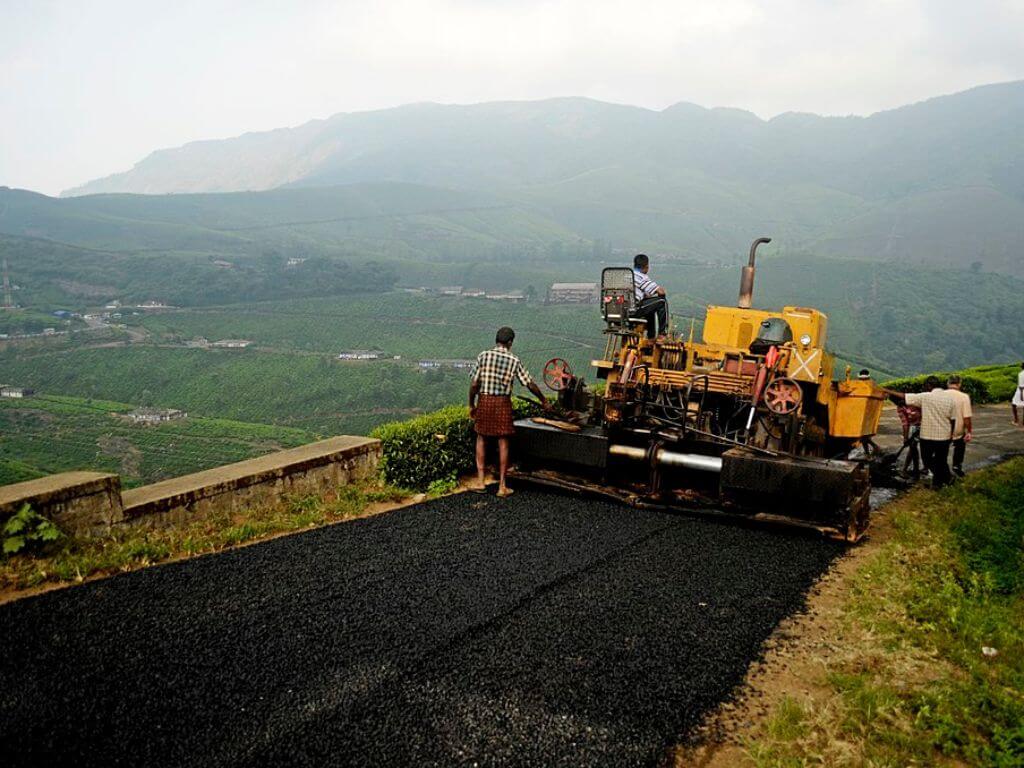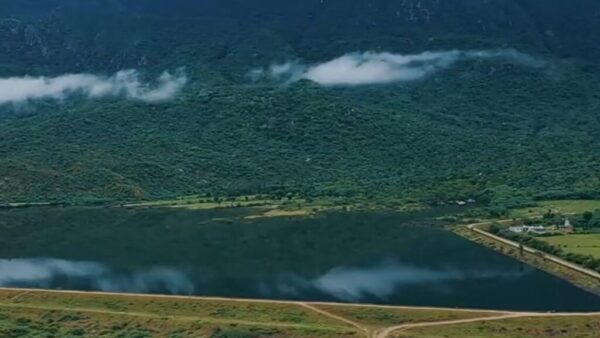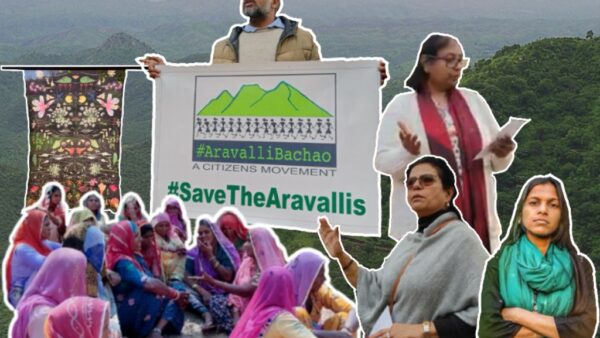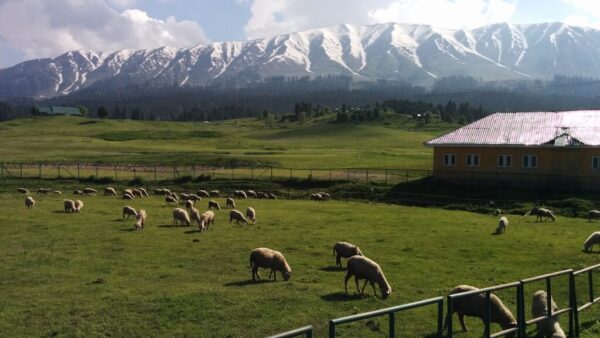A landslide triggered by incessant rain buried a small village of Irshalwadi in Raigad district, 65 kilometres from Mumbai, in July last year. The calamity killed 29 people; 57 others not found. Almost a year later, on July 30, torrential rains lashed Kerala’s Wayanad district, causing multiple landslides. The tragedy claimed over 400 lives and nearly 150 were missing a week later. Even as rescue operations continued, the state government faced the challenge of rehabilitating thousands of displaced people in safer sites.
Irshalwadi, around 3,700 feet above sea level, tucked in the Sahyadri forests on the Western Ghats was a small village of 228 people. Wayanad, a picturesque district in the Ghats with three talukas, is a tourist hotspot – the reason for the rampant growth of resorts and guest houses. Both suffered. The scale of the Wayanad disaster has drawn global attention to it and the very heavy rainfall conditions that led to it. Indeed, the landslides were natural calamities but their impact was exacerbated by human-induced activities. Although the Irshalwadi landslide was not as massive as in Wayanad, it highlighted the importance of preserving the biodiversity-rich Western Ghats across states.
The committee of experts led by ecologist Prof Madhav Gadgil, called the Western Ghats Ecology Expert Panel (WGEEP), had proposed a grid system to conserve nearly 64 percent of the Ghats in its report in 2011. It has been revived only because of the Wayanad disaster but its recommendations are still considered as too restrictive for development by state governments and investors. The Dr K Kasturirangan panel, set up after the WGEEP, also suggested conserving the Ghats though a smaller portion of only about 35-37 percent. This too has not been implemented.
No more studies are needed to know that the health of the entire Western Ghats is extremely fragile. Dr Gurudas Nulkar, professor and director, Centre for Sustainable Development, at Pune’s Gokhale Institute of Politics and Economics, told Question of Cities why this is so. “First, this is because of deforestation. Second, because of building construction, roads, mining, and quarrying. All of these activities have left the Western Ghats very fragile. They are certainly much more fragile than 30 years ago because of the number of interventions such as mining, quarrying, settlements, roads, and infrastructure.”
Human factors in landslides
Irshalwadi was not an exception; Maharashtra has seen landslides and floods regularly. In July 2021, incessant rains caused landslides in Raigad district killing 35 people. Over the last decade, the state has seen 24 major landslides in the districts of Mumbai, Raigad, Pune, Satara, Ratnagiri and Sindhudurg. These together have resulted in the loss of nearly 600 lives, according to the data from the state’s disaster, relief and rehabilitation department.[1]
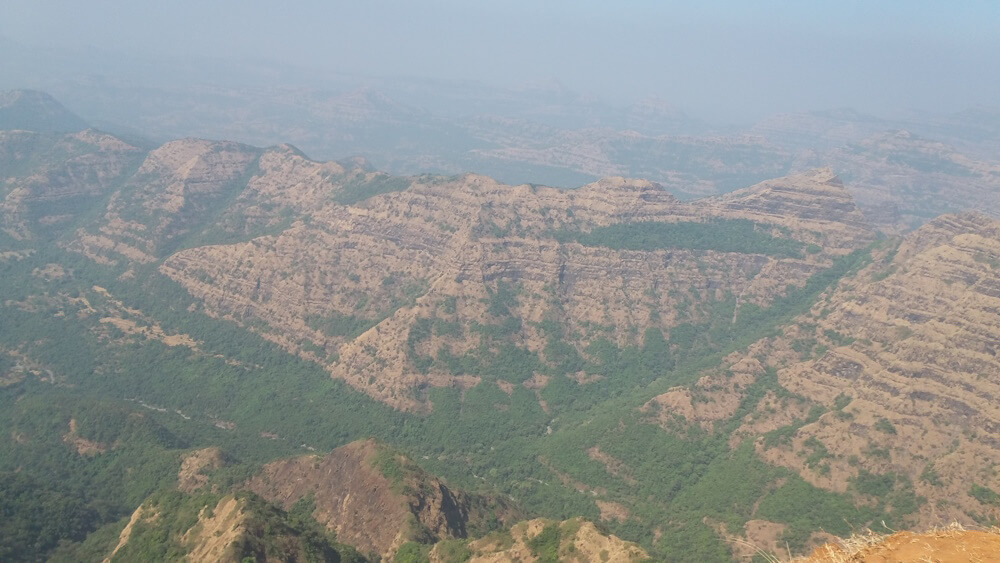
Photo: Yogeswar Patnala/ Wikimedia Commons
The Geological Survey of India has notified an area of nearly 90,000 square kilometres of the Western Ghats and the Konkan hills in Western Maharashtra as ‘landslide prone’ — this means almost 30 percent of Maharashtra is landslide-prone.
Over the years, Kerala has seen many natural disasters. The 2018 floods claimed 483 lives and massive damage. A landslide in Puthumala, Wayanad, in 2019 killed 17 people. In 2021, landslides and heavy rains resulted in 53 deaths, and in 2022, further landslides and floods caused 18 deaths and significant property damage. Between 2015 and 2022, Kerala recorded the highest number of landslides in India, underscoring the region’s ongoing struggle with natural disasters.[2] According to the Ministry of Earth Sciences, Kerala experienced around 61.21 per cent of the 3,656 landslides in the country between 2014 and 2020.
Uma Aslekar, Executive Director, Advanced Center for Water Resources Development and Management (ACWADAM), a non-profit, points to the tourism overload in these fragile regions. “Wayanad and the Himalayas region have been seeing a lot of tourism. And that is one of the major causes of this kind of devastation.” Whether Maharashtra or Kerala, landslides cannot be prevented but their impact on people – loss of lives – can be minimised. The human factors such as construction and blasting of hills cannot be overlooked.
Both Dr Nulkar and Aslekar were part of the expert group that studied the landslides in Maharashtra to improve preparedness and develop early warning systems for landslides in western Maharashtra and Konkan region. The report, ‘Landslides of Western Maharashtra’, by ACWADAM, was published in March 2022. Over three months, 84 landslides from Bhor and Velhe talukas in Pune district, Mahabaleshwar and Patan talukas in Satara district, and Mahad and Poladpur talukas in Raigad district were surveyed in detail.
“During our study in Maharashtra, we found that anthropogenic reasons are definitely one of the major causes of landslides. When we studied the 85 landslides in Western Ghats in detail, there were instances in Koyna basin, where there was absolutely no human interference but still there were landslides. But in many other areas, we found excavation activities that were actually causing a lot of natural hazards, including landslides,” said Aslekar. “Definitely, the landscape is changing with mining activities, the change in agricultural patterns, and the so-called development.”
With the ecologically sensitive areas opening up for tourism, the grey infrastructure and neglect of natural areas have exacerbated the effects of climate change. “We cannot escape climate change. So, we need to adopt adaptive and mitigative measures. And in both adaptive as well as mitigative measures, public policy and planning plays a huge role,” said Dr Nulkar.
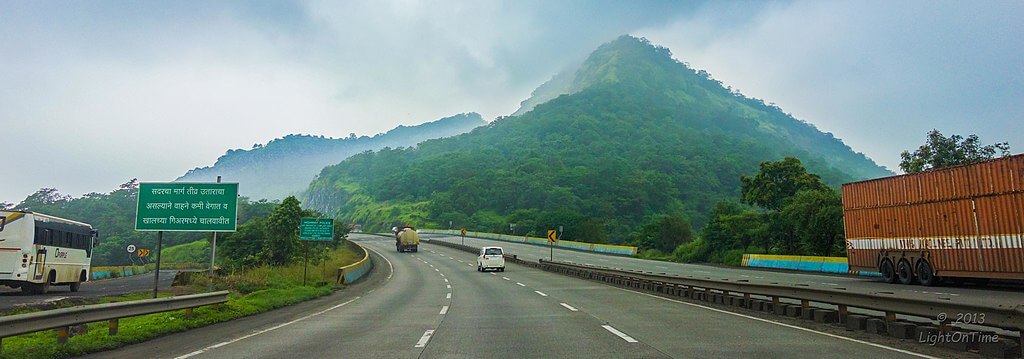
Photo: Udaykumar PR/ Wikimedia Commons
Basic precautions can save lives
The report proposed an early warning system to be installed in all the villages or habitations in the high susceptibility zones. Some of the suggestions are:
* Install slope-anchored columns or markers along susceptible slopes, especially on slopes that have habitations at their bases.
* Measure rainfall with an automated rain gauge that will send a record of real-time data to a centralised location for feedback.
* Measure spring discharge manually, using a bucket and stopwatch for a couple of springs that emerge on susceptible slopes in and around the village.
“The objective of the study was to develop an early warning system and help the government in developing some indicators that will help in improving preparedness, and an early warning system for landslides. But, no improvement has happened,” said Aslekar, who has observed that in some villages in Mahad, the community itself takes initiatives to install rain gauges and monitor the situation.
The approach of successive governments has been to wake up after an incident, not before, said Aslekar. She suggests training the locals to alert the authorities which will go a long way to prevent loss of lives and livestock. “Before the landslides, the spring discharge was different, the soil was moving, there were huge gaps, as deep as 1 or 2 feet, along the ridgeline. So, the locals knew that something was wrong.”
Dr Nulkar suggests that the entire crest line of the Western Ghats should have automatic rain gauges. When it starts raining heavily, the collector or the zilla parishad officer should be notified immediately as the rains start at the crest line. “This will give enough time to evacuate people, and to take precautionary measures. It is such a simple thing to install automatic rain gauges at the crest line because that is where the heaviest rainfall occurs. But, it has not been done,” he said.
Gadgil report ignored
When the WGEEP submitted its report on the Western Ghats in 2011, it was opposed by all six state governments and the industry. The panel designated more than 60 percent of the Western Ghats as “ecologically sensitive areas” with three categories – 1 as highly sensitive and 3 as least sensitive – right across Kerala, Tamil Nadu, Karnataka, Goa, Maharashtra, and Gujarat. The Western Ghats also received the tag of a UNESCO World Heritage Site the following year.
After an extensive survey, the 522-page WGEEP or Gadgil report found that “Western Ghats have a long history of deforestation” drastically reducing the capacity of the hill streams that feed into the rivers to hold and recharge water; drying up of streams immediately after the monsoons and desiccation related to deforestation is clearly evident.
Mining for mineral ores, granite and lateritic mining has affected water availability and recharge especially in the lower altitude regions and midlands.[3] Most of the rivers in Western Ghats are facing the consequences of indiscriminate sand mining. The lowering of water tables and deterioration of water quality are the immediate impacts. Till the 2018 floods, quarries were operational at the landslide disaster site in Wayanad. Rampant quarrying has been causing frequent landslides, including in Koottickal in Kerala’s Kottayam district on October 16, 2021. Around 14 people died in that landslide.
A 2022 study in the International Journal of Environment and Public Health revealed that Wayanad had lost 60 per cent of its forests between 1950 and 2018.[4] In the fight between nature and development, planners should, at least now, ensure that development is not undertaken at the cost of ecology.
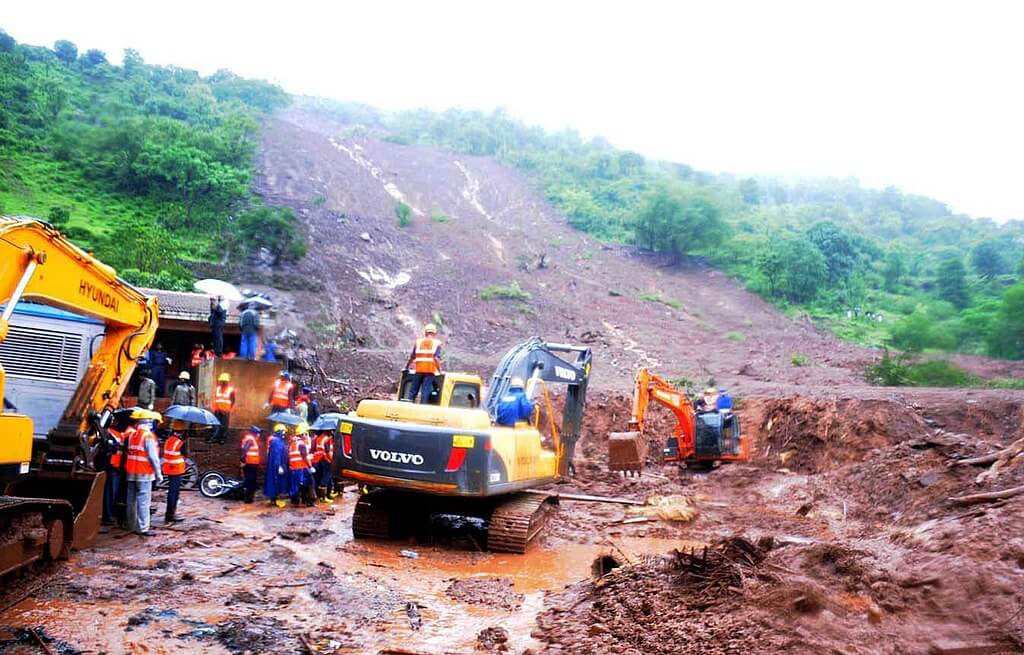
Photo: Wikimedia Commons
Ecology versus development
It is not very difficult to see why ecology and economy are two sides of the same coin, says Dr Nulkar. “But unfortunately, we don’t have ecologists and hydrogeologists in our planning committees. We only have economists who look at economic growth as the only thing which matters. So, integrating ecological considerations in public policy, for example, is something which is not even talked about. But, these must be incorporated into India’s planning right now.”
The disregard for eco-sensitive zones has seen huge tragic consequences. Each tragedy becomes a lesson but is soon forgotten as the greed to construct and mine increases. “Every episode is a lesson if you are willing to take it as a lesson. What happened in 2021 in Maharashtra were 1,500 lessons as there were 1,500 landslides. But we didn’t learn from it. We are not willing to learn from these lessons,” said Dr Nulkar.
All recommendations by the Gadgil committee to protect and preserve the ecology of Western Ghats were ignored even after the numerous calamities. Development at the cost of precious ecology is disastrous and we do not need more examples. It must go hand in hand with preserving our natural resources. Dr Nulkar asserts that as planners we must leave these areas for nature. “The entire western Ghats is a highly sensitive ecological zone. We have 380 million hectares of land parcel in India. Why do we want to build on the crest line? Why do we want more hill stations on the crest line? The Himalayas, the Niyamgiri mountains, the eastern Ghats are highly biodiverse spots. Why can we not leave the hills alone?”
Shobha Surin, currently based in Bhubaneswar, is a journalist with 20 years of experience in newsrooms in Mumbai. An Associate Editor at Question of Cities, she is concerned about climate change and learning about sustainable development.
Cover photo: Wikimedia Commons

